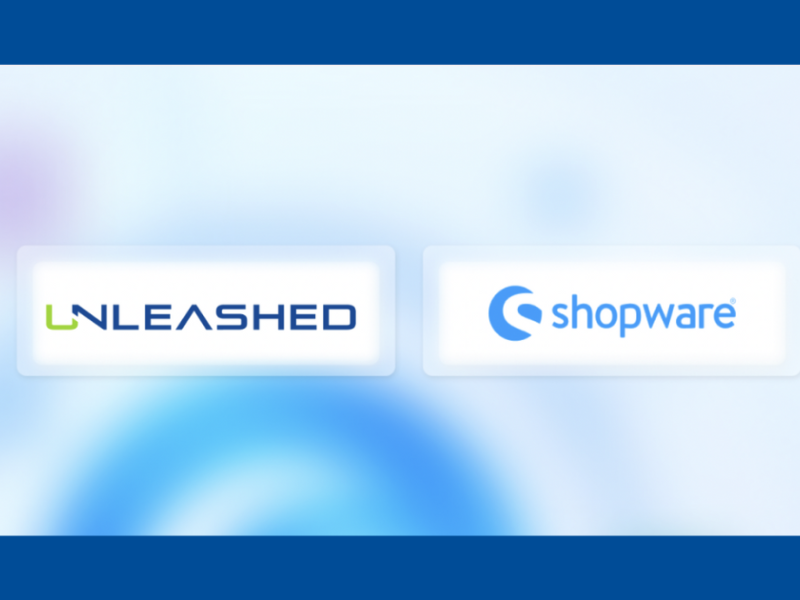Over the past three years, supply chain inefficiency has become one of the primary barriers to success for manufacturing companies. The COVID-19 pandemic, Russian invasion of Ukraine, and other economic factors have caused congestion and delays that could impact the global supply chain for years to come. These delays have shaken customer loyalty, causing people to switch brands and stores based on what is accessible and available.
Manufacturing executives must invest in innovative, end-to-end technology solutions that give them complete visibility into supply chain demands—or risk losing clients to competitors who can provide more consistent results. You can optimize your supply chain by prioritizing these five actions within your company.
Develop a Custom Self-Service Portal
The Covid-19 pandemic changed B2B sales abruptly, forcing all communication into a digital environment. Today, digital selling is here to stay. According to a study by McKinsey & Company, 75% of buyers now prefer digital self-service and remote human contact to in-person communication, and only 20% of B2B buyers surveyed want to return to face-to-face sales. Successful companies will prioritize a custom e-commerce portal that provides buyers with pricing, products, and recommendations specific to their needs.
The key to any self-service portal is customization. Provide each user with a unique login that gets them access to a dashboard with all their data—including account-specific pricing, real-time order updates, and relevant training and support content based on their buying history. Today's custom technology solutions allow you to make the buying experience more efficient than ever.
A well-designed self-service portal will also communicate important information with your customers, so they know how and when they can get what they need—without talking to a middle man. Develop your e-commerce system to keep your customers apprised of stocking updates in real time, and offer an option for people to sign up to be notified as soon as something they need is back in stock. This enables your buyers to do business more quickly and efficiently, keeping them satisfied with your company.
Automate Inventory Management
You don’t just need to know what you have in stock—you need to know what is most popular, when you are likely to see a sales spike, where all the pieces of your inventory are, and how ordered items are getting to your warehouse. Do you have products stuck in customs on the other side of the country? Are shipping delays wreaking havoc on predicted delivery times? Without an effective inventory management solution, you might not realize you’re on the brink of disaster until it’s too late—and that’s not good for business.
If one small component for a larger piece of equipment is back-ordered, your customers need to know that they can’t place an order. Implement a data-driven e-commerce platform to provide a seamless experience that lists the larger product as unavailable and offer a waitlist so customers can conveniently order it as soon as you have the small part back in stock.
With the right digital technology, you can also get a forecast of your needs that tells you exactly when you should restock certain items based on past buying patterns of your customer base. For example, you can insert code into your system that monitors trends and automatically notifies you when certain pieces of equipment spike in popularity. This can trigger a command to purchase new stock for parts related to that equipment so you’re prepared for the spike. Your system should keep track of every item in your inventory so you’re never caught by surprise.
Diversify Suppliers to Minimize Disruptions
Most companies engage with various suppliers—it’s not a new strategy. However, fewer companies engage with suppliers in diverse locations. According to a study from Deloitte, 90% of respondents reported having multiple suppliers, but only 44% had regional diversification. That 44% of respondents were the ones least affected by supply chain disruption. Working with partners all over the country—and even the world—ensures that companies have access to the equipment they need even in the face of shipping delays and shortages from some suppliers.
The down side to regional diversification is the risk of siloed data. If you have seven different suppliers who are located hours apart and all providing the same material or product, keeping up with inventory gets complicated. Do you know where delays most commonly occur? Where is each shipment located? When is the next shipment arriving? All these questions must be answered—not just for one supplier, but for seven. If you don’t have a custom technology solution that provides critical updates on every supplier, you run the risk of under- or over-stocking the products your customers need.
Eliminate "Stovepipe" Systems for Better Visibility
To keep your processes running smoothly, it is important to have a holistic view of your needs, rather than having individual, vertical systems that don’t communicate with each other. For example, consider a railroad company that transports stock hundreds of miles across the United States. Within the company, the maintenance department may know which pieces of equipment need to be cleaned or replaced, but they don’t have information about where that equipment is located. In contrast, the operations staff might know exactly where everything is—but they don’t have insight into the maintenance schedule. When the two departments run parallel to each other, they cannot communicate critical information that would save the railroad company significant time and money.
Stovepipe systems create bottlenecks and breakdowns in communication, but a custom, integrated system allows all departments to communicate seamlessly, increasing the usability of equipment and eliminating critical maintenance delays. With the right technology solution, workers can get high-level insight into every aspect of a company in real time. They know when equipment needs to be services, how many locomotives are operating at any given time, where those locomotives are, and—most importantly—whether the locomotives are near service stations that can provide them with the necessary maintenance.
Leverage Predictive Technology and Respond Proactively
Supply chain disruptions happen when unforeseen challenges force companies into a reactive posture. For example, if a shipment is delayed in customs, you might not know about it for several days—and then you have to pay an expeditor to go take care of it. Before you know it, your whole schedule is off. But what if you could foresee the unforeseen? What if you had a system that tracked past shipments and flagged a potential delay before it happened?
A digital solution that leverages predictive analytics can provide recommendations and warnings based on your history—which means the data it uses isn’t generalized industry information, but information specific to the norms within your company. If you have software that records patterns in demand, shipping, operations, and more, you’ll be able to eliminate supply chain disruptions before they begin.
Conclusion
When it comes to supply chain best practices, there is no one-size-fits-all. Every manufacturing company faces unique challenges related to their products, customers, and business plan. But with the right technology partner, you can implement custom software solutions that seamlessly aggregate critical data, provide real-time updates on inventory, and predict potential disruptions in your supply chain. To start building a solution that fits your company, reach out to our experts at Unleashed.


